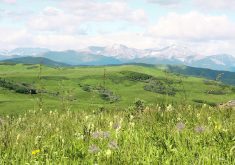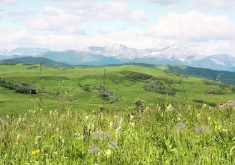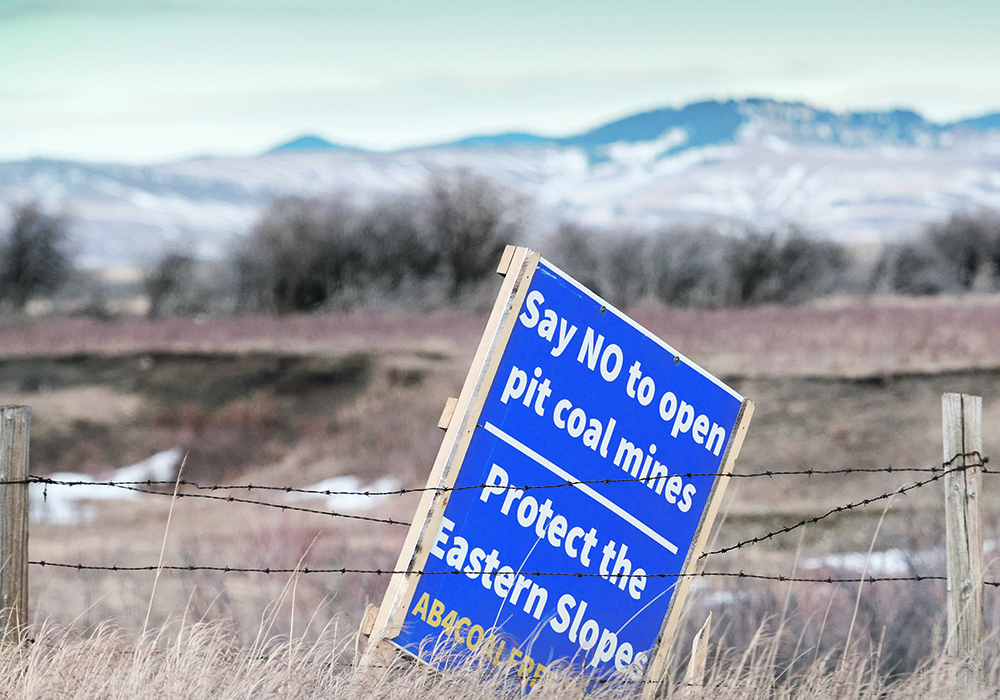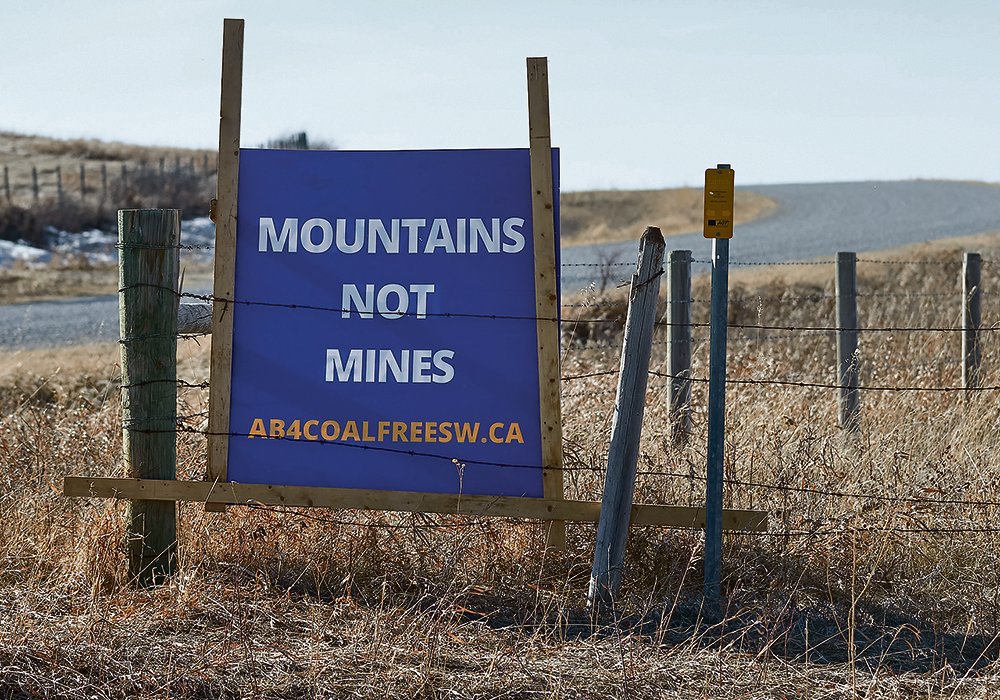The Alberta government has restricted new coal exploration and development across the Eastern Slopes of the province’s Rocky Mountains in order to deal with issues such as headwater protection and agriculture.
“Land-use planning is important work that takes time,” Energy Minister Sonya Savage said during a news conference March 4. “That’s why the new ministerial order that I’m announcing today will remain firmly in place to protect the Eastern Slopes until the necessary planning has been completed.”
The order was unveiled the same day she released the public engagement and final reports of an independent committee that gathered public input for a new coal policy for Alberta. The reports were submitted to the government on Dec. 29.
Read Also

Canadian Food Inspection Agency extends chronic wasting disease control program consultation deadline
Date extended for consultation period of changes to CWD program
Besides eight principal recommendations, the final report contained what it called five associated observations. They include placing a “priority on restoring trust throughout Alberta’s regulatory system for coal, including material new efforts to convince Albertans that the public interest is respected.”
Mayor Craig Snodgrass of High River, Alta., said Premier Jason Kenney told him Jan. 13 the premier is an “unapologetic supporter” of coal development in the Eastern Slopes, despite the fact the provincial government was still reviewing the committee’s reports.
Provincial officials decided in 2020 to rescind a coal policy dating back to 1976. The move was made without public consultation, opening much of the Eastern Slopes to potential open-pit coal mining.
Widespread opposition was sparked over concerns that included water allocation, as well as contamination due to potentially toxic levels of selenium from coal mining. The Eastern Slopes contains the sources of the Saskatchewan River system, which provides water for producers and communities across much of the Prairies.
Ranchers in Alberta took the provincial government to court in early 2021 to try to obtain a judicial review of the decision. However, the policy was reinstated shortly afterward.
Savage said officials have “heard concerns of Albertans loud and clear, and we’ll work to improve public trust and how projects are reviewed, regulated and reclaimed, and how cumulative effects are managed. And that’s why we’re charting a clear path forward.”
Current restrictions on coal exploration and development in Category 2 lands in the Eastern Slopes will be expanded under the order to include Category 3 and 4 lands. “All activity has never been allowed in Category 1 land and will continue to be so.”
The categories are part of the 1976 coal policy, which will remain “firmly in place.” However, four projects will be allowed to continue through the regulatory process: Grassy Mountain and Tent Mountain in the Crowsnest Pass, Vista near Hinton, and Mine 14 near Grande Cache.
Savage said the provincial government “will not put hardworking Albertans out of work or endanger existing mine projects, existing operational mines, and projects that are in advanced process.”
An appeal of a regulatory decision denying permits for Grassy Mountain was rejected Jan. 28 by the Alberta Court of Appeal. Meanwhile, plans for Tent Mountain currently involve transitioning the project into a renewable energy complex.
Although Laura Laing of the Plateau Cattle Co. near Nanton, Alta., hadn’t had time as of March 4 to study Savage’s statements in detail, she was “hesitantly optimistic… but we’re not entirely comfortable until we get to a full no on coal development in Alberta.”
The recommendations in the final report include modernizing Alberta’s coal policy, with decisions about potential projects to be guided by regional and subregional plans under the Alberta Land Stewardship Act.
Savage said the Eastern Slopes “are important for headwater protection, fish and wildlife habitat, as well as for recreation, tourism, cultural practices, forestry, minerals, agriculture, and more.”
As a result, integrated land-use planning discussions will begin with an update of the Eastern Slopes policy in the coming months to include the 1976 coal policy categories.
“Over the longer term, it will be followed by development of new regional, subregional or issue-specific plans for other areas developed under the Alberta Land Stewardship Act or other legislation.”
For example, a 10-year review must be held by September 2024 of the South Saskatchewan Regional Plan, she said. “In the coming months and years, additional clarity regarding land-use planning activities will be put into place.”
The final report also recommended rigorous net benefit tests to assess proposed new coal projects, and a review of Alberta’s coal tenure and royalty regimes.
Meanwhile, an associated observation urged provincial officials to continue to work with Ottawa and other provinces to develop consistent regulations for coal mine effluents.
Another observation said environmental monitoring, inspection and enforcement at abandoned and existing mines should be enhanced to address watershed contamination, especially from selenium. “We accept in principle the findings of the committee and we are well positioned to act on their recommendations,” said Savage.
To find the two reports, visit open.alberta.ca/publications/engaging-albertans-about-coal and open.alberta.ca/publications/recommendations-for-the-management-of-coal-resources-in-alberta.
Contact doug.ferguson@producer.com















